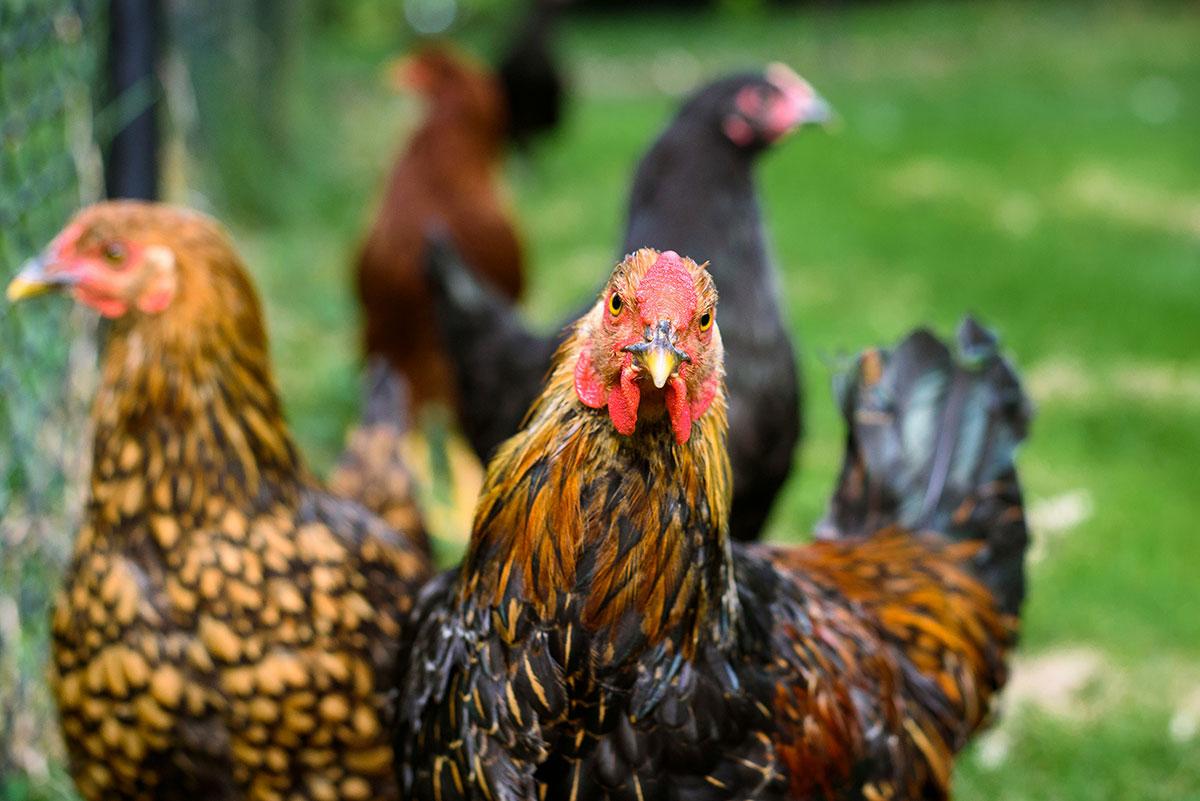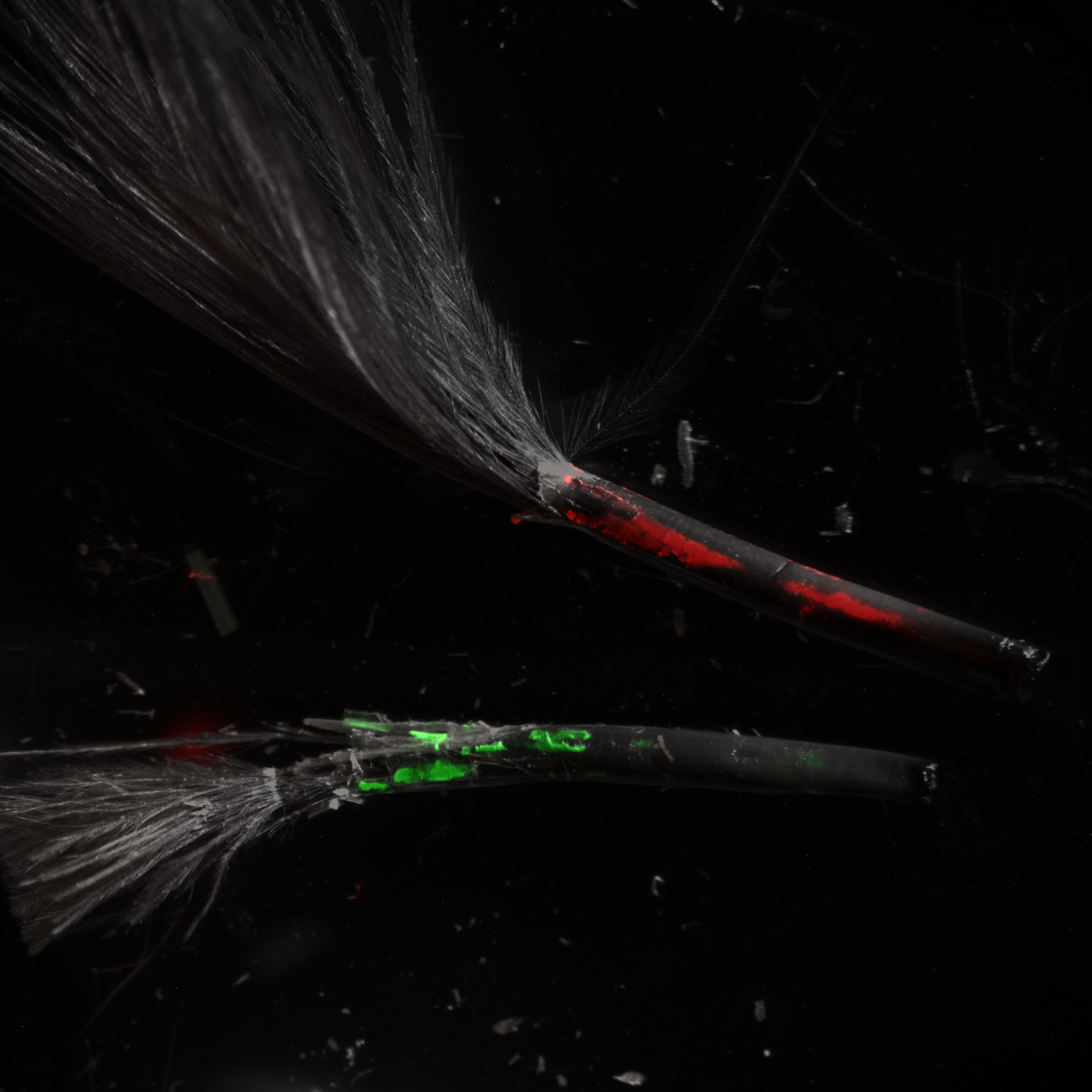Our group
Established in 2024, the Avian Genetics group studies how birds evolve to tolerate viral infections. The group also uses whole-genome sequencing data of pathogens – particularly Marek’s disease virus – to study the co-evolutionary dynamics of host-pathogen interactions.
Our aims
Our group aims to understand how diversity within the chicken immune system impacts its ability to respond to viral challenges.
We aim to understand how immunogenetic variation is distributed across space and through time, and whether newly discovered functional variation could be leveraged by the poultry industry to improve pathogen resistance and resilience.
We also aim to understand how economically important viral pathogens, such as Marek’s Disease Virus, are evolving and how this may lead to emerging lineages of concern with novel phenotypes.
Our research
Our research currently covers three areas:
Chicken immunogenetics
Using large genomic datasets, we are exploring the immunogenetic diversity of the chicken on a global scale. We focus particularly on families of genes in the innate immune system with pathogen recognition function, e.g. pattern-recognition receptors.
In our previous work, we have found that there is a significant amount of immunogenetic variation in avian genomes, and that this often has functional consequences for the immune response to pathogens.
Marek’s disease virus genomics
We use whole-genome sequencing of MDV isolates to study diversity, adaptation and recombination in the MDV genome. We work with MDV genomes from a variety of sources, including commercial poultry, backyard poultry and non-chicken Galliformes.
We are also studying diversity of the closely related but low-pathogenic serotype 2 MDV.
Ancient DNA
We use DNA derived from ancient (archaeological) and historical (museum) specimens to study how birds and their pathogens have evolved in recent history (last 2000 years). Analysing genetic changes through time allows us to understand the dynamics of adaptation, and whether functionally important diversity has been lost during the domestication and global expansion of the chicken.
Our recent work examined the evolution of virulence in Marek’s disease virus between ancient (low-virulence) and modern (high-virulence) strains
Our impact
Thoroughly understanding immunogenetic diversity is a valuable resource to global poultry production – the ability to breed populations of chickens with intrinsic disease resistance and resilience is far preferable to an over-reliance on vaccines and antimicrobials.
Translating discoveries in this field could improve animal welfare, reduce yield losses through disease and improve efficiency in poultry production.
Furthermore, MDV costs the poultry industry $1-2bn a year. Understanding how lineages of MDV are evolving, how they generate novel diversity and the function of virulence factors can identify lineages of concern and provide the basis for the development of novel vaccines.



